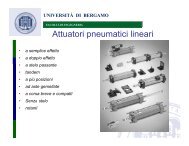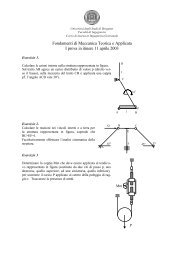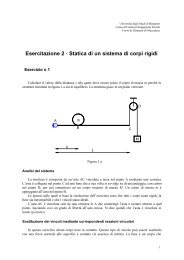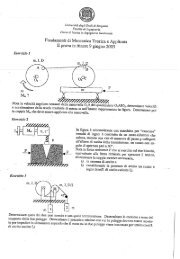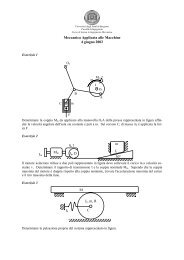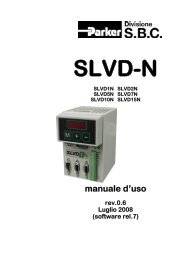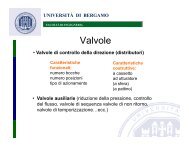Using the Soft-Soil tire model
Using the Soft-Soil tire model
Using the Soft-Soil tire model
You also want an ePaper? Increase the reach of your titles
YUMPU automatically turns print PDFs into web optimized ePapers that Google loves.
<strong>Using</strong> <strong>the</strong> <strong>Soft</strong>-<strong>Soil</strong> <strong>tire</strong> <strong>model</strong><br />
Elastic-plastic <strong>tire</strong>-soil contact<br />
5<br />
f<br />
d<br />
0<br />
f<br />
<br />
f<br />
0<br />
0,F z 0<br />
(10)<br />
Elastic-plastic <strong>tire</strong>-soil contact<br />
The interaction forces for a rigid wheel<br />
The static sinkage of a rigid object into a soft soil depends on <strong>the</strong> load on that object: Bekker [1]<br />
formulated <strong>the</strong> sinkage h of a flat plate with width b as follows:<br />
p(<br />
h )<br />
( k<br />
c<br />
/ b k<br />
<br />
) h<br />
n<br />
(11)<br />
k<br />
k<br />
in which c and are <strong>the</strong> cohesive and frictional moduli respectively, n <strong>the</strong> sinkage exponent. The<br />
static stress p is in equilibrium with <strong>the</strong> vertical force Fz.<br />
Figure 4<br />
Pressure distribution under a flat plate



